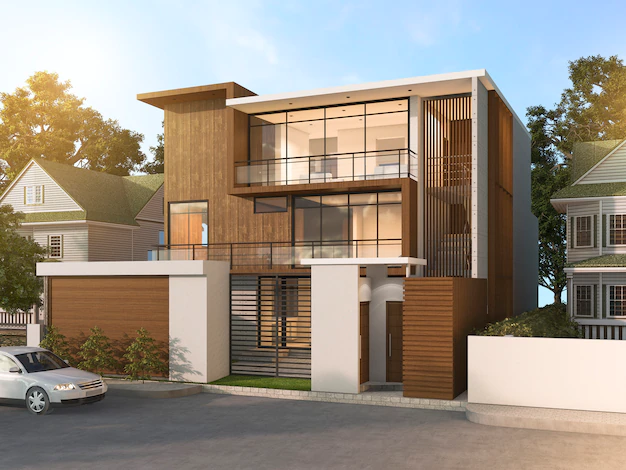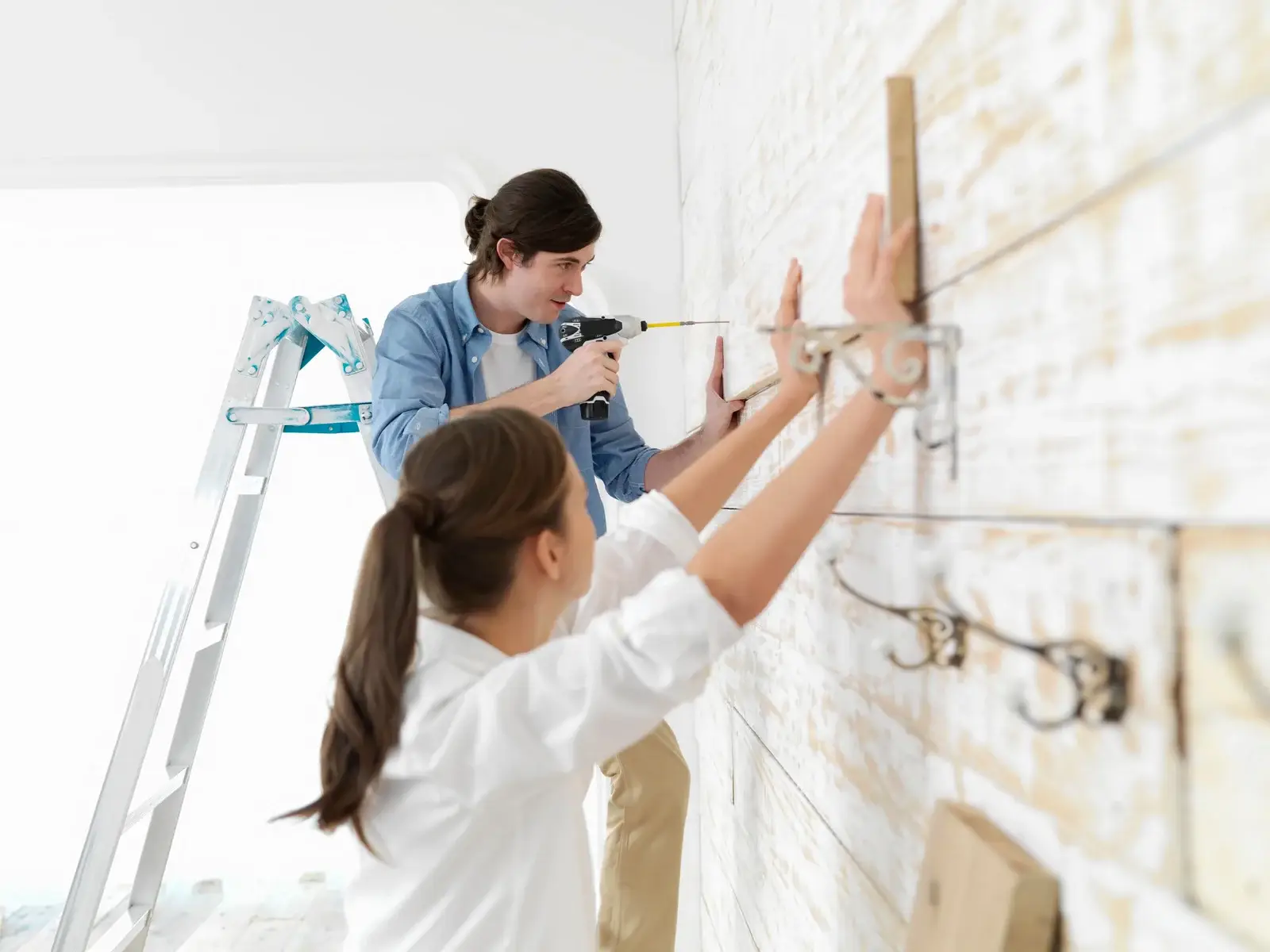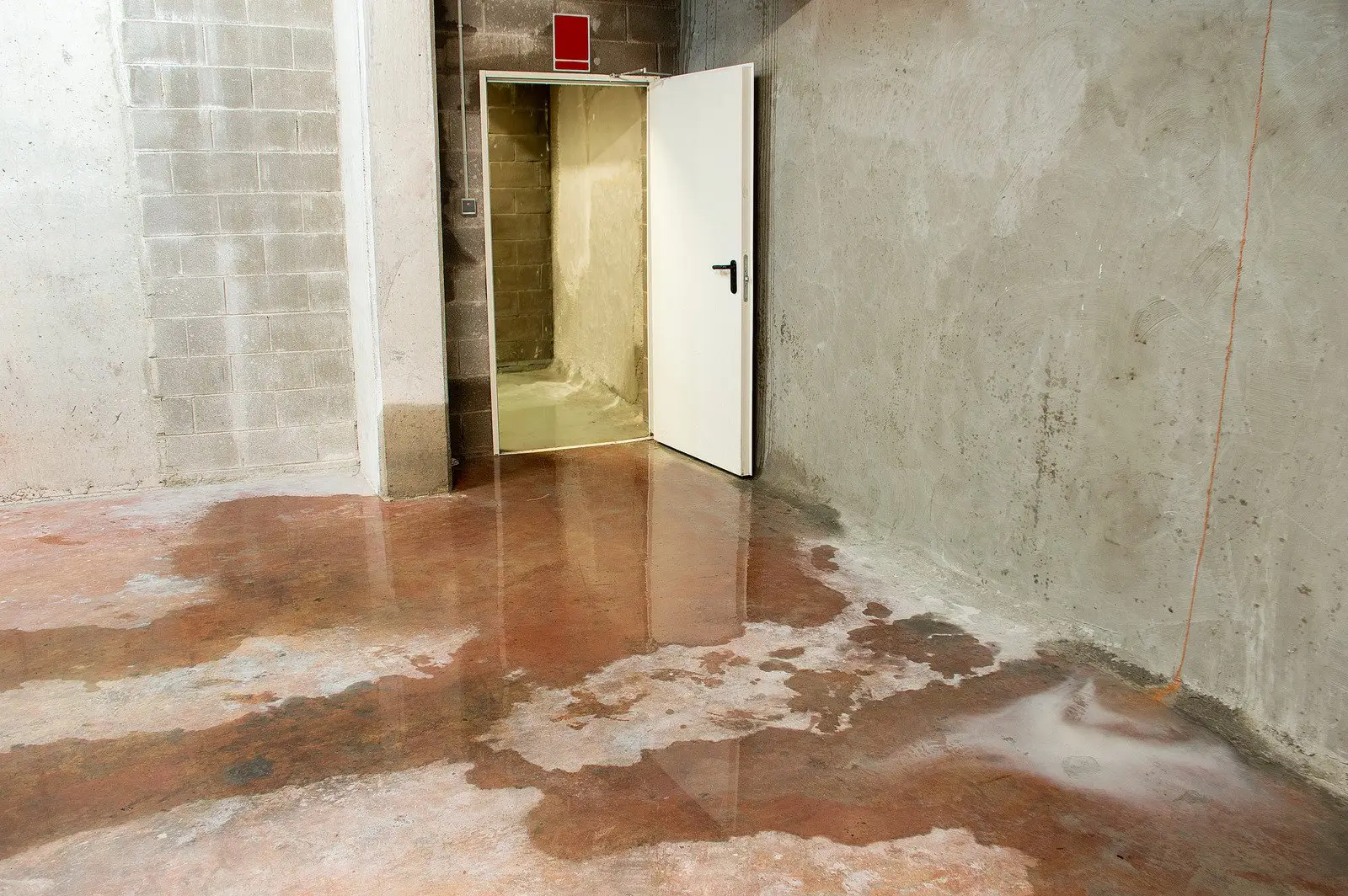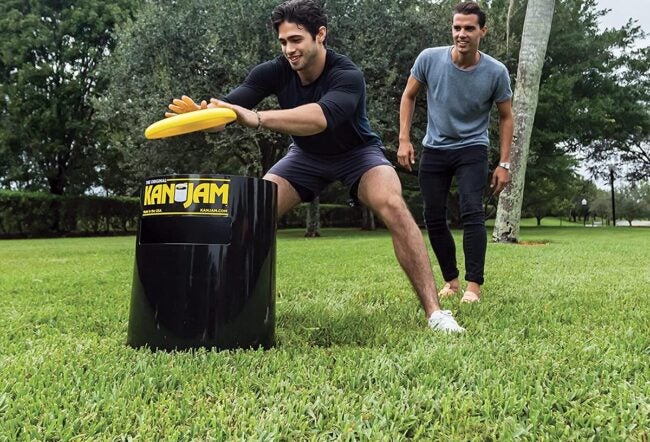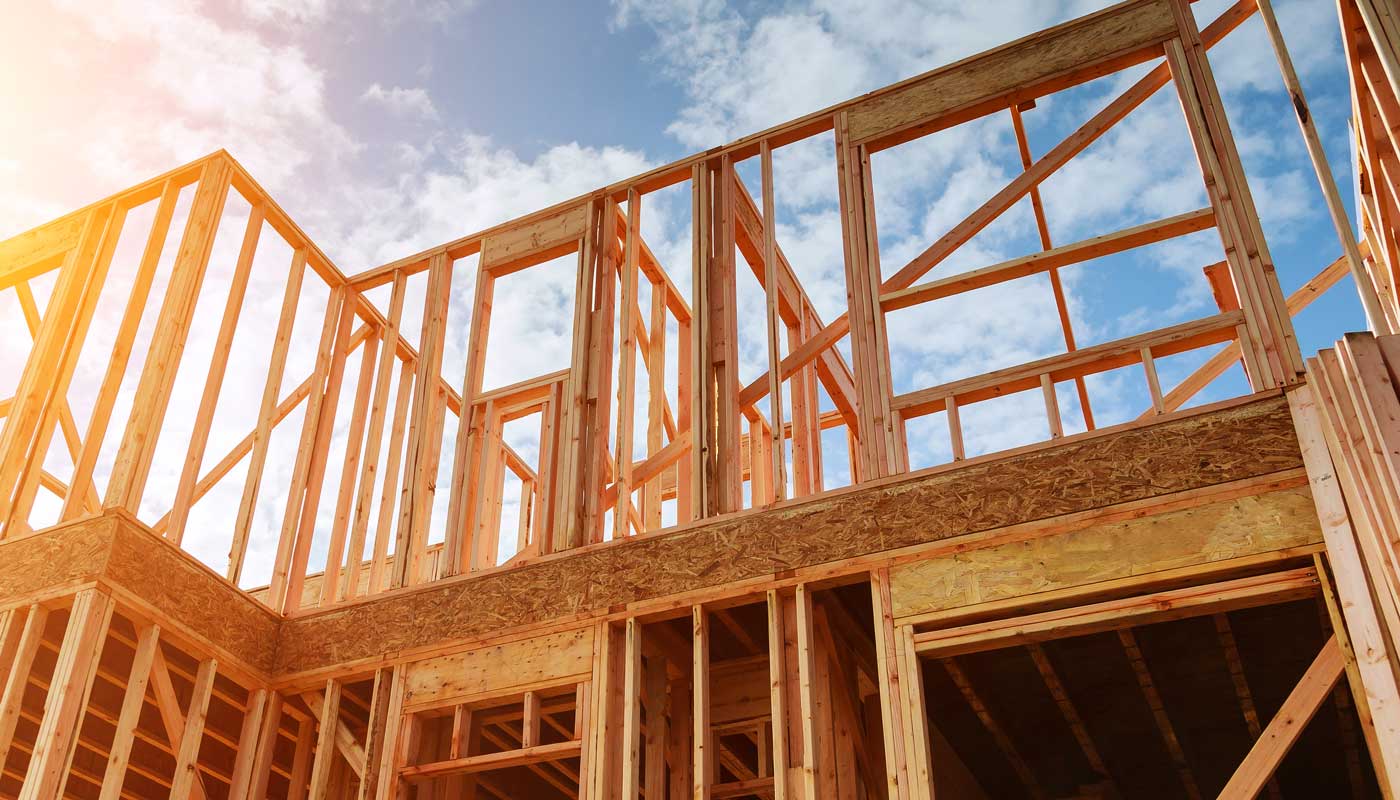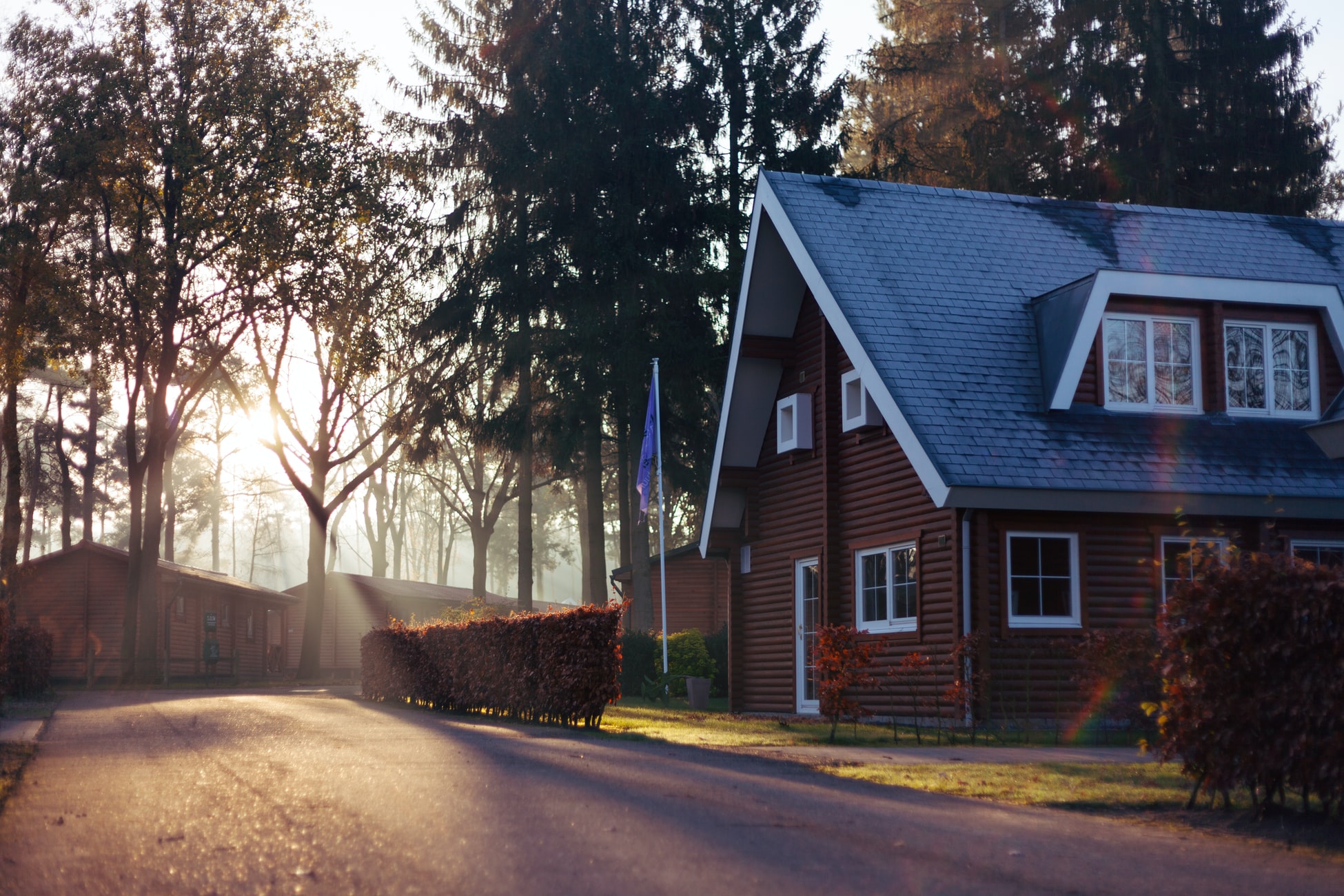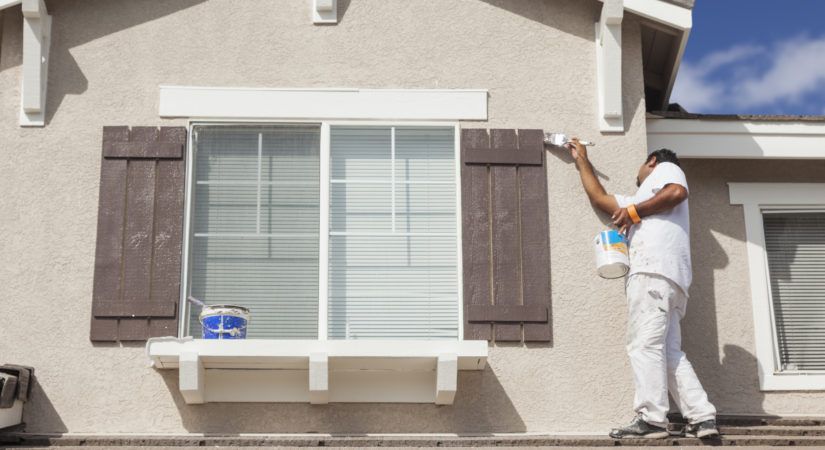Finding a place where you and your loved ones may feel secure and free from danger should be one of your highest priorities. Even though mobile homes are fast becoming more popular as an economical housing alternative, questions continue to be raised concerning the durability and steadiness of these buildings compared to site-built homes. We will try to give answers in this post Is mobile home weather efficient?
There is no need for concern: today’s mobile homes are every bit as robust and solid as any site-built home, and they may even be more resistant to the effects of severe weather such as hurricanes and tornadoes.
Now that we have provided you with an explanation of why we are confident that your present or prospective prefabricated home is prepared for anything, you can put your worries to rest and concentrate on finding the house of your dreams.
Mobile home efficiency during storms
We will look at some of the standards to which contemporary mobile homes are designed and why these standards make modern mobile homes more storm-resistant than earlier mobile homes.
If you are considering purchasing a mobile home, you may be curious about its durability, particularly its resistance to storms and wind. After all, you and your family seek a house that will continue to be a secure environment many years into the future. Because of this, you should be aware that modern mobile homes are constructed following federal building codes on Is mobile home weather efficient.
This code considers various factors, including the home’s location, to ensure that the structure is suitable for the climate of the area where it will be placed. Continue reading for more information on these building guidelines and how the regulations regarding the safety of mobile homes have evolved over the years.
What improves modular homes’ storm safety?
The following are some of the structural design criteria that are outlined in this section:
- That the wall framing of the house and the roof framing of the home are firmly attached.
- That the house’s walls are firmly linked to the framework of the floor below.
- The floor framework is attached to the home’s chassis safely and soundly. This will assist the house in withstanding the overturning, uplifting, and sliding imposed by design loads. Design loads are predetermined quantities of weight that the building must be able to hold.
- It is required that mobile homes and each of the wind-resistant sections and portions of the house be built for flat wind loads of no less than 76.55 mph and a net uplift top load of no less than 59.29 mp.
- It is essential that mobile homes designed for locations in Wind Zones II and III, which are more likely to experience hurricanes and severe coastal storm conditions, be constructed to withstand more incredible wind speeds. These locations are also more likely to be located in coastal regions.
Even though you should make sure that your home is in good repair and that you are prepared in case of severe weather, these updated standards mean that a mobile home that has been built and installed correctly is just as safe in strong winds or weather events as a conventional home that has been built on a traditional building site.
Dedicating to the excellent building is only one of the many reasons you and your family could find that purchasing a mobile home is the best option for them.
Mobile home efficiency during tornadoes and hurricanes
One of the most prevalent worries prospective homebuyers have is about the resilience of factory-built homes in the face of natural disasters like hurricanes and tornadoes.
If you are considering purchasing a prefabricated house shortly, you must find out whether or not it can endure severe weather conditions.
The safety of prefabricated houses during natural disasters such as hurricanes and tornadoes so that we can set your mind at rest.
Components of Structures
The impact of natural disasters such as tornadoes and hurricanes on prefabricated houses throughout the years has led to significant revisions in the regulations for the construction of mobile homes.
Consequently, places constructed in factories must adhere to stringent construction and safety regulations, which are analogous to the building laws that control houses built on sites.
The use of high-quality, standardized building materials that are comparable to, or even identical to, those used in traditional houses is mandated by these standards, and mobile home manufacturers are required to comply.
In addition, modern prefabricated houses must have a particular engineering design to comply with the most recent building criteria for safety against the wind, snow load, and seismic activity.
Building techniques
Newly mobile homes are required to have structural integrity guaranteed by the building materials, components, equipment, construction processes, and quality of labor. In addition, manufacturers must use materials that protect against rust, mold, rot, and insect infestations.
The wall framing must be attached to the floor structure, and the floor structure must be attached to the chassis to ensure that factory-built houses are safe to live in regardless of the weather. Because of this, a prefabricated home can withstand the wind’s overturning, lifting, and sliding effects.
A prefabricated house’s wind-resistant components must also be designed and built to endure horizontal wind loads and uplift roof loads that are unique to the home’s location. In addition, the frame anchors used to secure the house are often a component of the home’s foundational system.
Quality control and assurance
The inspection guarantees that the house was constructed following the requirements for the area in which it will be situated. During installation, prefabricated homes are subjected to inspections to ensure their safety and longevity.
It is possible for a prefabricated house that satisfies the most recent building requirements to function remarkably well in solid winds, provided that it is installed correctly and secured appropriately.
Builders and installers of mobile homes take into consideration a variety of factors before putting a factory-built house on the market so that they can guarantee that the home will be safe and durable during its lifespan.
Although severe weather may cause damage to any place, whether constructed in a factory or on-site, the anchoring system plays a significant part in maintaining the safety of mobile homes during severe weather events.
Is Mobile Home Weather Efficient During Wind:
Mobile homes are far less wind-resistant and stable than traditional ones, meaning that the whole structure might be severely damaged or even destroyed if a mighty wind were to blow.
Naturally, the owners would want to know how to prevent this situation and what they can do to reinforce their properties in some way, and they would like to know what steps they can take to take those steps.
Your mobile home may sustain damage if there is a strong wind, and you may be wondering what can be done to make the trailer more resistant to the wind. It takes gusts of above 150 miles per hour, in the vast majority of instances, to dislodge a mobile home with a single axle.
If the wind is blowing at 175 miles per hour or more, a double-axle mobile home can sustain damage, and a triplex mobile house will not be able to endure winds of 225 miles per hour or more. The structural integrity of your mobile home may be severely compromised by rain or other harsh weather conditions, even if the wind blows at a lesser speed.
This can subsequently lead to problems such as leaking, decay, and even a reduction in interior space. In most cases, a typical mobile home can resist winds of up to fifty miles per hour mph while blowing.
The vast majority of prefabricated houses are engineered to endure wind speeds almost identical to those withstood by site-built homes of the same size and weight.
Conclusion
It is a stretch to claim that balancing the pressure inside a home by opening the windows would avoid harm to the structure. You may lose precious time trying to find refuge.
In a tornado or severe storm, you will not be any safer in a vehicle than in a mobile home. Please stay away from both of them and look for another secure location for your family. Hope you get all the answers on Is mobile home weather efficient topic. If you still have some more questions, below we made some prepared questions and answers according to this topic. Look at them and if you want to know more, contact us through the contact page.
Frequently Asked Questions
Is it more challenging to stay in a mobile home than in a car?
It is just hot air that might get people gravely maimed or killed. The study reveals that vehicles are less likely than mobile homes to be transported or destroyed by tornado-force winds. But mobile houses are more likely to be affected by these winds.
What are the most typical causes of fires in mobile homes?
Based on research into mobile home fires, we determined that improper maintenance of the mobile home’s mechanical system is the leading cause of unintentional mobile house fires. Carelessness and accidents are other common contributing factors.
What causes mobile houses to catch fire so quickly?
Fires in mobile homes may quickly get out of control because there is less wallboard and drywall than in conventional homes, and there are fewer barriers to prevent the fire from spreading.
This brings us back to the size of the construction. A house in the ranch style may have a width of between 25 and 28 feet and a total floor area of 3,000 square feet.

